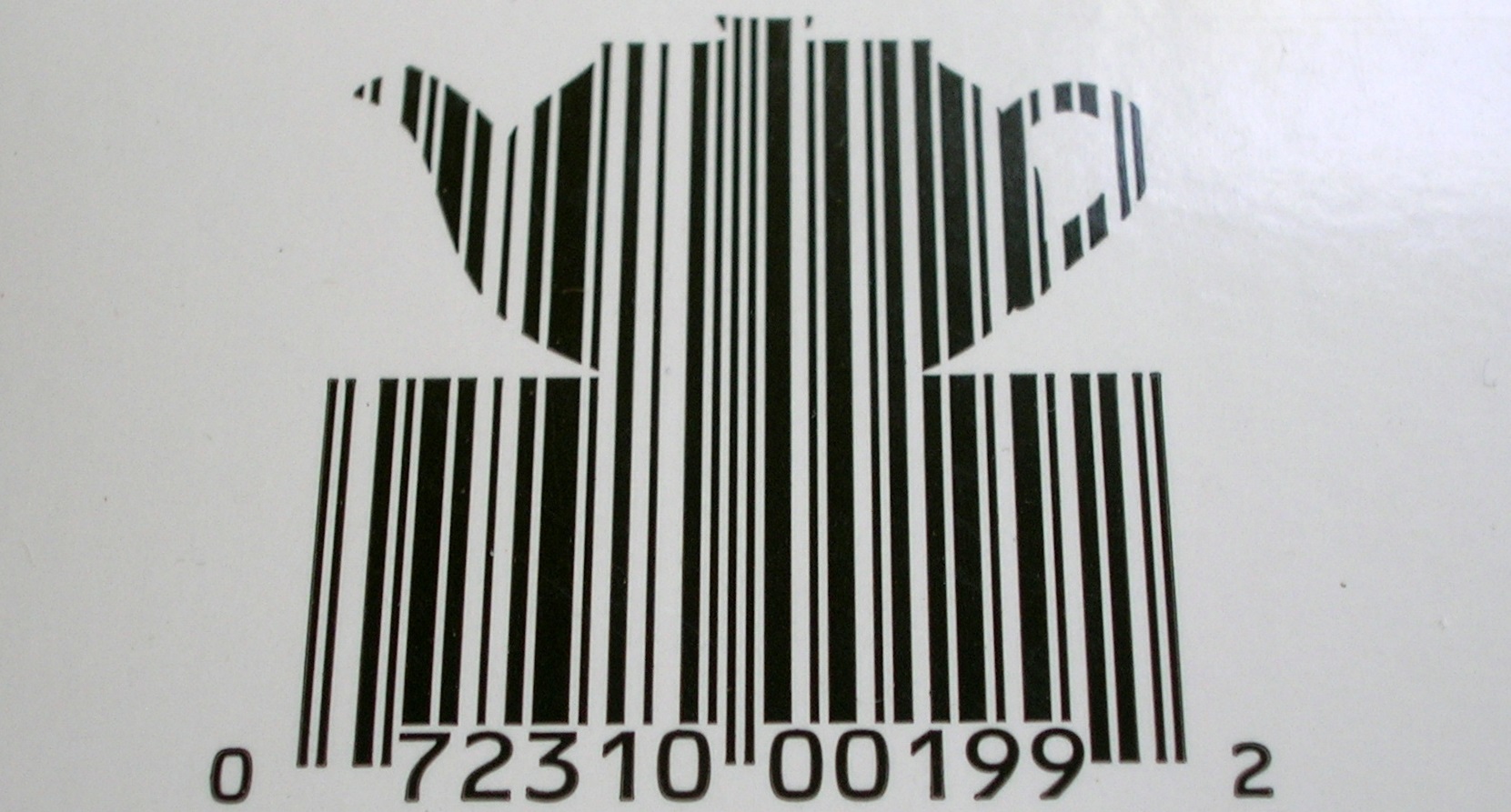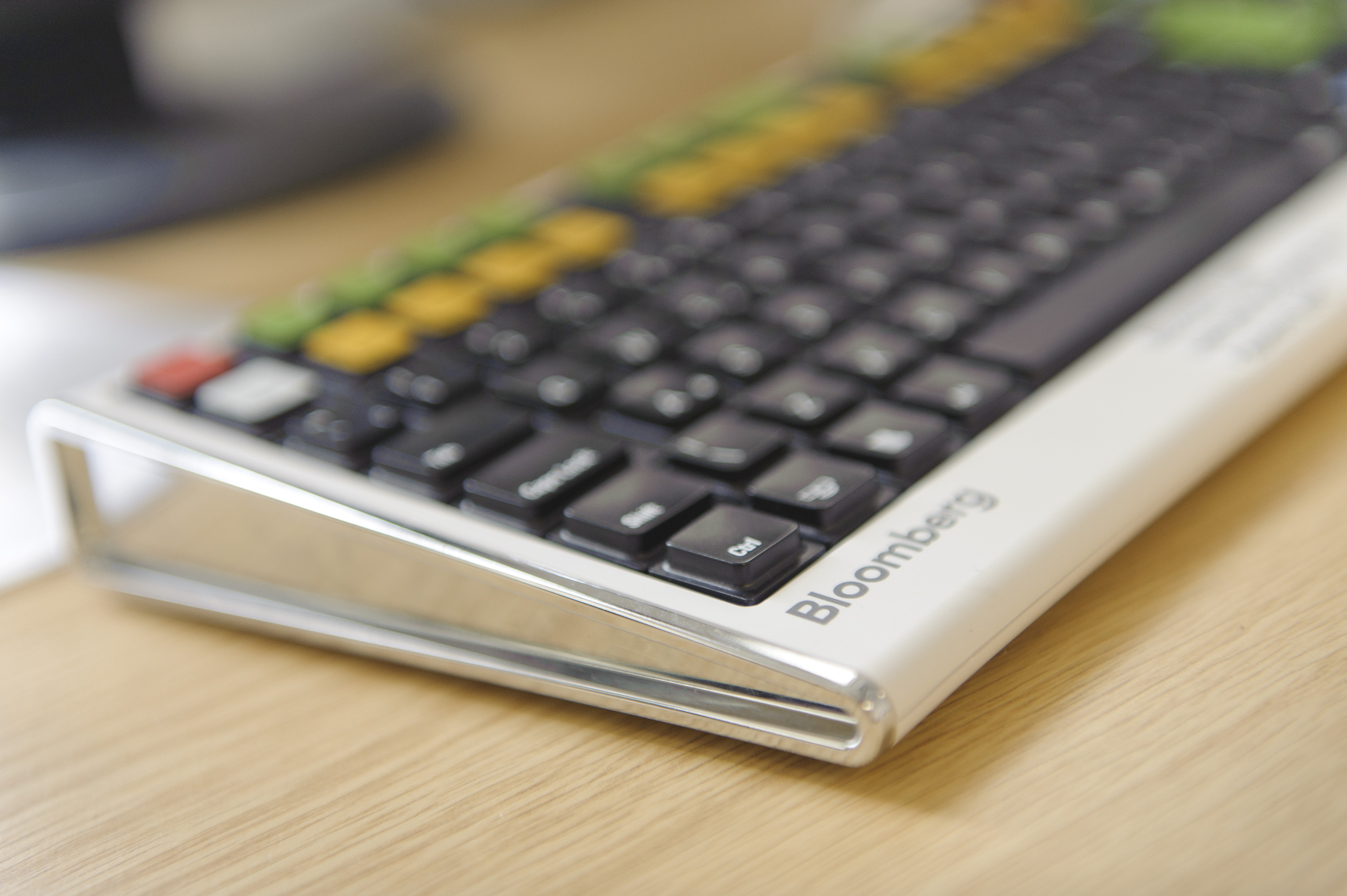What’s a DOI again?
11/08/2016

A DOI is a Digital Object Identifier and is often used as a persistent, unique identifier for an article, dataset, or other digital object. There are other ways to provide a persistent link to a digital object, but the DOI is probably the most common.
Why use them?
Citations for any digital object, such as articles or datasets, should include a DOI (as highlighted in our quick referencing guide pdf), but why? It’s because a DOI is permanent and can always be used to link to the resource.
It’s better than providing a link pointing to a publisher site, for example, in case the site name changes or the content moves to a different one. A DOI will never change and will always provide access to the object.
How do I use a DOI as a link to the object?
All DOIs start with 10 and include letters, numbers, and punctuation; two examples are 10.5284/1000389 and 10.17862/cranfield.rd.3380086.v1. They are also often seen in the format of a hyperlink, for example: https://doi.org/10.5284/1000389. This has three parts:
- https://doi.org – this is the resolver service
- 10.5284 – this is the prefix, which identifies the assigning body (for example, Cranfield University’s prefix is 10.17862)
- 1000389 – this is the suffix, which identifies the resource (each assigning body decides how to generate these suffixes, whether running numbers, random strings, or meaningful text; CORD uses ‘cranfield.rd.randomnumber’)
It’s very useful to remember that if you’re presented with a DOI which doesn’t take the form of a link, you can usually access the resource by prefixing it with “https://doi.org/”.
How do I get a DOI for my items?
If you publish a journal article, the publisher will assign it a DOI; this has been standard practice for a long time. But some other platforms are also able to generate DOIs. For example, CORD, Cranfield Online Research Data can assign DOIs, so any supporting research output published on CORD is given one. But do remember that obtaining a DOI for an item is a permanent step – so do only publish genuine items!
Does that mean I can’t edit something once it has a DOI?
No, don’t worry! Repositories often version items, so you’ll see in our example ‘10.17862/cranfield.rd.3380086.v1’ that it ends in ‘v1’. If a new version of the digital object is uploaded, that original DOI will still work and display that first version, but the new version will also be accessible with its own DOI of 10.17862/cranfield.rd.3380086.v2 and would be directly accessible at https://doi.org/10.17862/cranfield.rd.3380086.v2.
Image uses Teapot Barcode by Eppu Jensen available at https://www.flickr.com/photos/eppujensen/10732568604 under CC-BY-SA licence
Categories & Tags:
Leave a comment on this post:
You might also like…
Inside the Thermal Power and Propulsion MSc with Dr Uyioghosa Igie
In our recent conversation with Dr. Uyioghosa Igie, Programme Director for the Thermal Power and Propulsion MSc at Cranfield University, we uncovered what makes this course such an exciting and valuable path for ...
Borrow fiction online – for free!
Everybody needs a break from work, and if you fancy reading or listening to some fiction or non-academic books, we have the app for you! Use the Libby app to borrow a host of online books ...
Researching IPOs in Bloomberg
Are you researching IPOs? Do you want to find IPOs on a specific index (eg S&P 500, or UK AIM Index) for specific dates? Then Bloomberg is where you should be looking. If you haven’t ...
Meet the Cranfield alumna named among sustainability’s brightest rising stars
For Julia Anukam, working in sustainability is about being part of the solution. A conscious consumer and long-time vegan, she found her true calling after a re-evaluation of her career priorities during the Covid-19 ...
We need a million engineers who understand accessibility
…and we are, mostly, starting from zero. This arresting, attention-grabbing line was said to me only last month, in a busy London canteen. Who said it, where we were, are and what they said - ...
Cranfield apprentices named among sustainability’s brightest rising stars
Two Cranfield University apprentices have been recognised for their drive, determination and potential to lead the UK towards a more sustainable future. Julia Anukam and Lucie Rowley feature in the prestigious edie 30 Under ...






